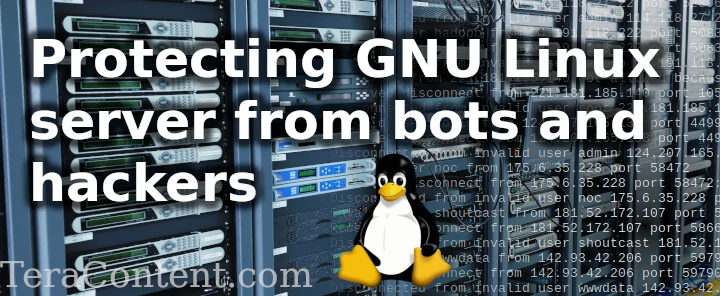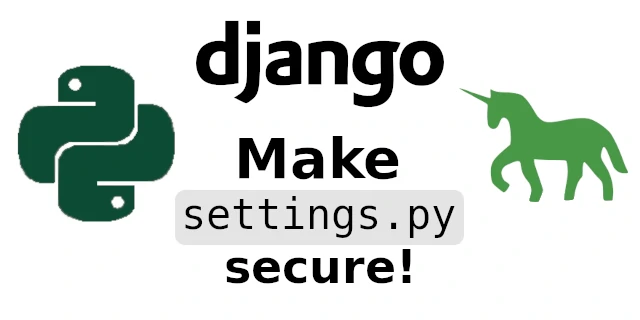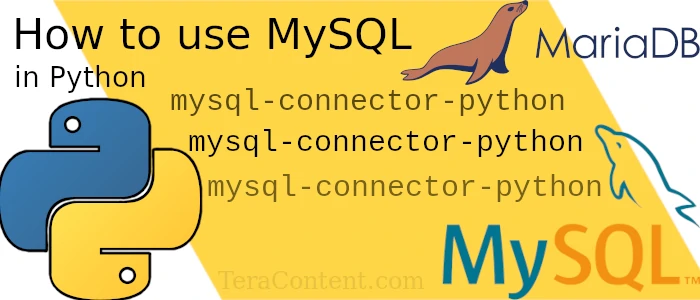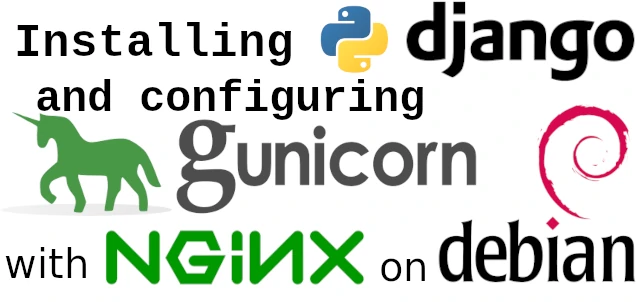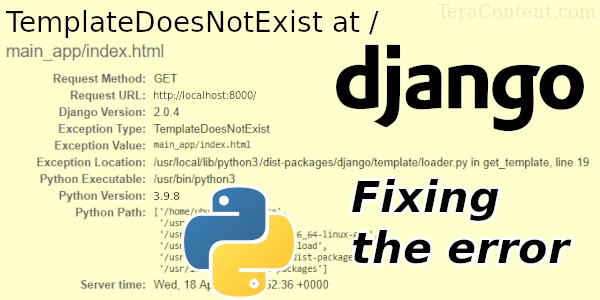Install OpenJDK, Android command line tools and Android SDK on Ubuntu
If you want to develop an Android application or game, it’s essential to have Java Development Kit (JDK), Android command line tools, and the SDK. With utilities like keytool, you can generate app signing keys, with, adb debug the application on a real device, with sdkmanager you can install Android SDKs and so on. In … Read more


